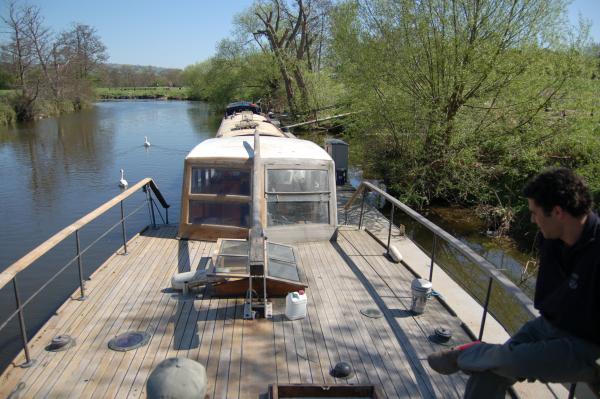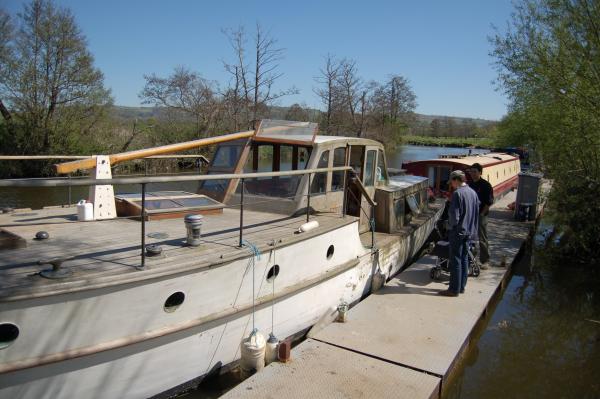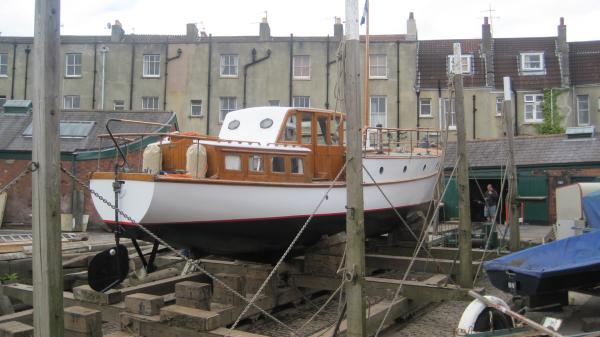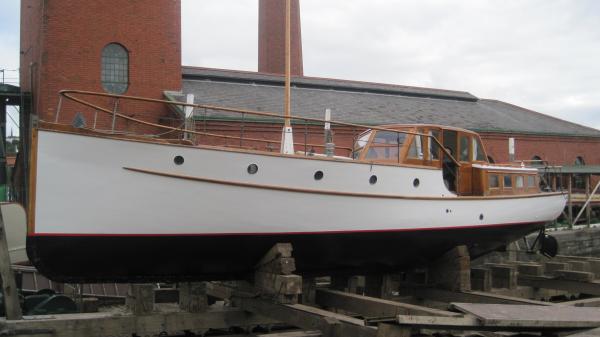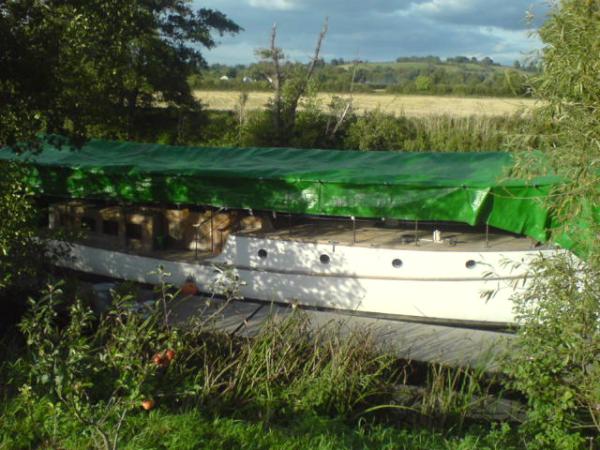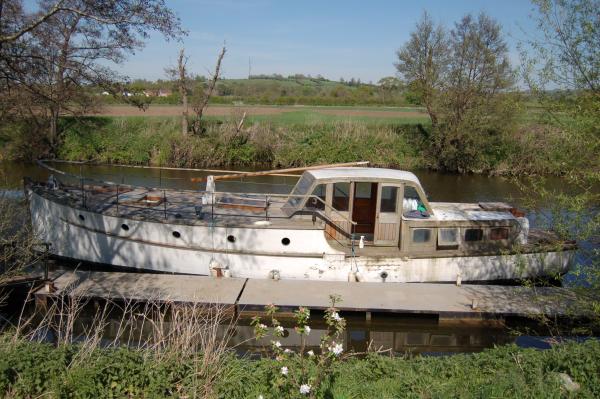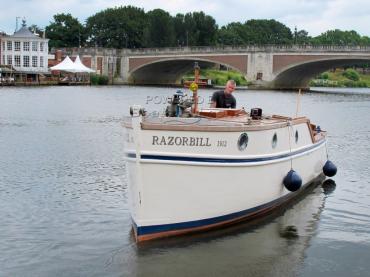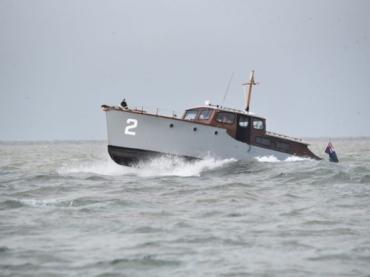
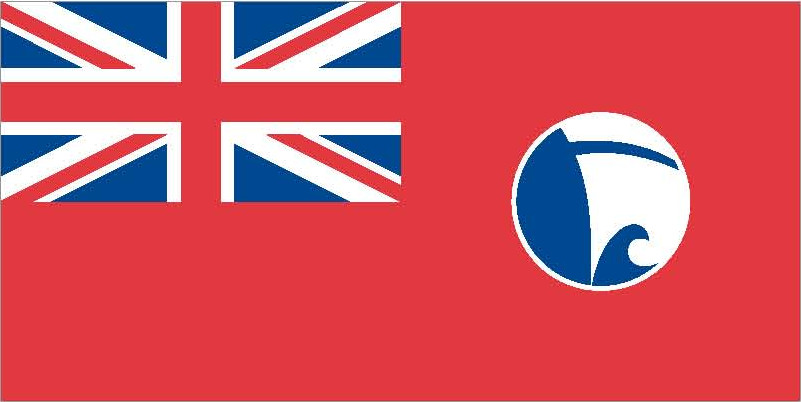
Details
Construction
Dimensions
History
FLASHING STREAM was built in 1917 by Spinks and Ferguson at Chatham. During the First World War the vessel is reported to have served as a Naval pinnace to Monitor M14, HMS MARSHAL SOULT. Monitors carried a single pinnace that was lowered from the stern of the vessel.
HMS MARSHAL SOULT was a Royal Navy Marshal Ney-class monitor constructed in the opening years of the First World War. Laid down as M14, she was named for the French general of the Napoleonic WarsMarshalNicolas Jean de Dieu Soult. She served in both World Wars and was decommissioned in 1946.
Designed for inshore operations along the sandbank strewn Belgian coastline, MARSHAL SOULT was equipped with two massive 15-inch (380 mm) naval guns. Originally, these guns were to have been stripped from one of the battlecruisers RENOWN and REPULSE after they were redesigned. However the guns were not ready, and guns intended for the battleship RAMILLIES were used instead. The diesel engines used by the ships were a constant source of technical difficulty, restricting their use.
MARSHAL SOULT performed numerous bombardment operations against German positions in Flanders, including during the First Ostend Raid in April 1918. In October 1918, she became a tender to the gunnery school H.M.S. EXCELLENT at Portsmouth, and in March 1919 undertook a similar role at Devonport before being paid off in March 1921. Re-commissioned in 1924, she moved to Chatham in April 1926 as a training ship.
Her armament was removed in March 1940 and was later fitted to the new Roberts-class monitor ABERCROMBIE, which was completed in 1943. She served throughout the Second World War as a depot ship for trawlers at Portsmouth until being sold on 10 July 1946 and scrapped at Troon.
MARSHAL SOULT’s pinnace was sold off separately. It is believed that her steam engine was removed in the immediate post Second World War years when she was sold out of service and converted to a pleasure motor cruiser. She is believed to be the last remaining one of the five built for the Admiralty.
She is believed to be the last remaining one of the five built for the Admiralty. Her present use is as a houseboat based in Bristol.
Key dates
-
1917
Built by Spinks & Ferguson in Chatham as a Naval Pinnace for HMS Marshall Soult for the Admiralty
-
1946
Sold out of service to the present owner and converted to a Private Motor Cruiser. The vessel has remained a ‘gentlmen’s yacht’ since this time
Grants
-
April 2008 - March 2
A Sustainability Grant of ú1500 towards deck work was made from the Strategic Development Fund of National Historic Ships
Own this vessel?
If you are the owner of this vessel and would like to provide more details or updated information, please contact info@nationalhistoricships.org.uk

